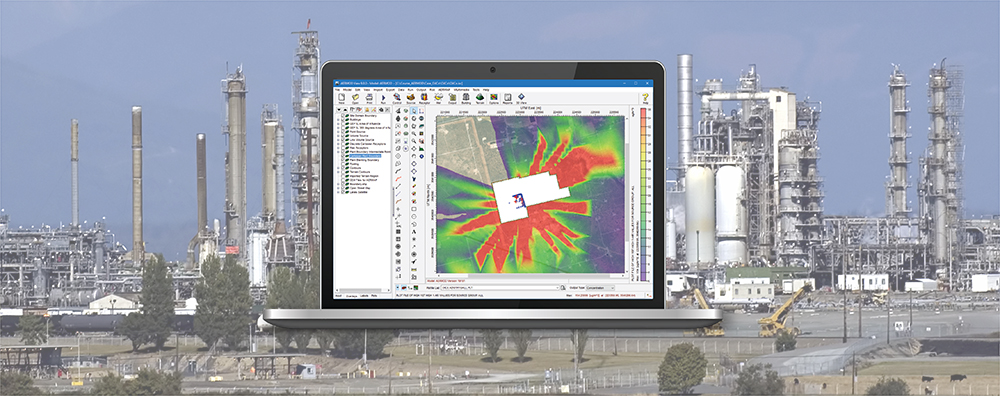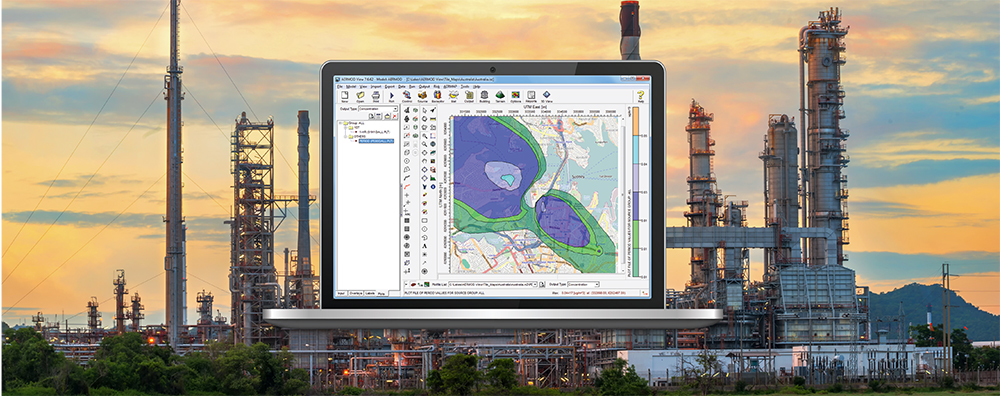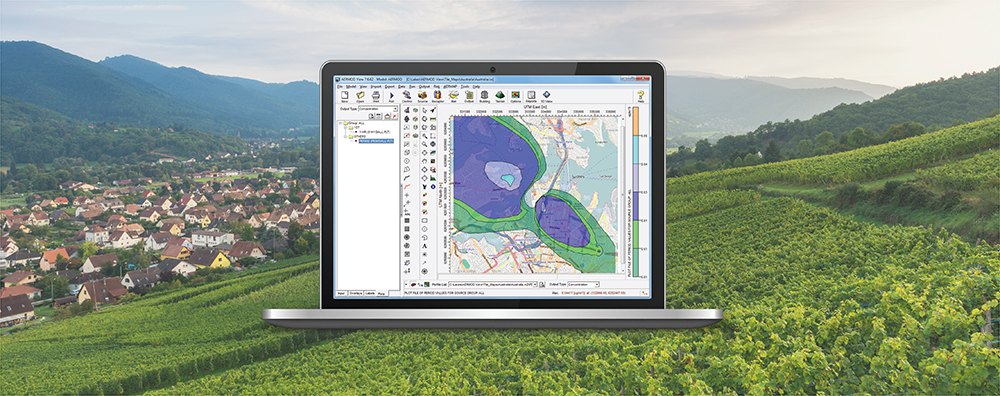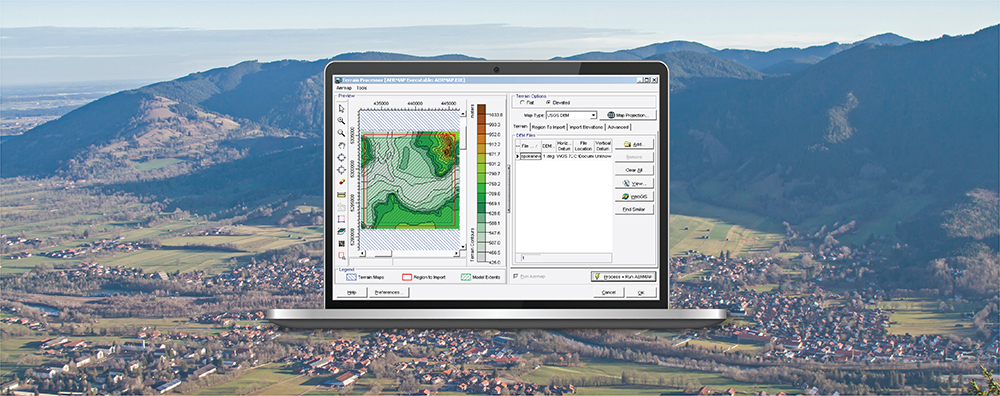AERMOD View: Using COARE Algorithms in AERMET
Several months ago, we published a Modeling Tip discussing important changes to processing upper air with the AERMET meteorological preprocessor. Since that time, the U.S. EPA released the 24142 versions of AERMET and other AERMOD modeling system components. This update expanded AERMET’s capabilities for handling the Integrated Global Radiosonde Archive (IGRA) upper air data format, and Lakes Software’s AERMET View Version 13.0 provides further optimization for users.

